Last November, Holt led a group of six supporters on a vision trip to India to see first-hand the programs and services that Holt provides vulnerable children and families through our legacy partners, Vathsalya Charitable Trust (VCT) and Bharatiya Samaj Seva Kendra (BSSK). Vision trips are open to anyone with a connection to Holt, and among the travelers on this trip were sponsors, adoptive parents, an adoptee and a board member. Over ten days, the participants played games with children in care, attended a special event for adoptive families and children, saw how a local community center helps keep at-risk families strong, and how foster families help orphaned, abandoned and vulnerable children to grow and thrive. Here, trip participant and Holt staff member Sally Dougherty shares about Holt’s first vision trip to India, the children and families they met, and the moments that moved them most.
November 14, Bangalore, India — When the vision trip members arrived on our first day in India at VCT in Bangalore, we could tell it was an extra special day. All 35 children in care gathered at the main door, dressed in beautiful clothes, adorned with shiny jewelry, and holding roses in their hands for each of us. Their eyes bright with excitement and interest in their new visitors, they ran up the stairs to the top-deck patio, where they waited for the program to begin.
Today was November 14th — India’s National Children’s Day.
One by one, children dressed in elaborate costumes introduced themselves as an elephant, giraffe, peacock and other characters. One child, Natesh, played the role of India’s first prime minister, Pandit Jawaharlal Nehru, who loved children and in whose honor India established Children’s Day. Natesh gave a speech about Children’s Day. The children performed several songs. And at the end of the program, the children exchanged gifts with the group of American visitors — six Holt supporters and two Holt staff members, including Dean Hale, director of Holt programs in India and Mongolia, and myself.
One of the children attending VCT’s Children’s Day celebration was Ayushi, a girl who two of the vision trip participants, Ken and Diane Matsuura, have sponsored for several years. It was moving to witness their meeting. Ayushi had been brought from an offsite care center for children with special needs. She entered the room in her wheelchair, pushing herself. Caregivers introduced Ayushi to her sponsors. “She looks so good. It’s clear that she’s well cared for,” said Diane moments later. Although unable to walk due to special medical needs, Ayushi gets around fine using a non-motorized wheelchair. Seeing Ayushi, independent and thriving, helped to confirm what the Matsuuras read in their sponsorship updates from Holt. “The reports we receive show that she’s making good progress and it’s great to see in person,” said Diane.
Twenty-five years ago, children like Ayushi had less of an opportunity to grow up in a nurturing care environment. Before Holt helped to establish VCT in 1988, orphaned and abandoned children often ended up on the streets of Bangalore — a city in southern India once known as the “Pensioner’s Paradise” for its beauty and moderate year-round climate. A hub for government offices and buildings, educational institutions and commercial development, Bangalore provides great opportunity for job seekers. But despite a growing economy and middle class, many people continue to live in poverty. When Holt came to Bangalore in the late 1980s, hardships such as malnutrition, illness, limited access to medical care, lack of education and social stigmas against unwed mothers threatened the lives of children.
By this time, Holt had already established one full partner agency in India — Bharatiya Samaj Seva Kendra (BSSK) in Pune. In Bangalore, Holt responded to the need by working with local leaders to establish a second full partner agency and residential care center for children. In the 25 years since, VCT has grown and expanded services and programs, including foster care and a greater focus on family reunification and family strengthening. Mary Paul, VCT’s executive director, explains that in earlier years, international adoption was the primary service they provided for homeless children who came into care. Today, most children VCT serves already live with their families. VCT’s goal is to help keep these families together through services including day care, nutritional support and education.
As Bangalore continues to grow, so does the need among vulnerable children and families. Today, the population of Bangalore is approximately 8-10 million people, many of them children and families who are struggling to get by. Migrant worker families are an especially vulnerable population. They come to Bangalore from all over India and as far as Nepal for job opportunities in construction and agriculture. The families often live in tents on job sites, where their children do not go to school and have no one to feed or protect them while their parents labor in fields. VCT continues to recognize and respond to the needs of the growing migrant worker families in Bangalore. Recently, VCT started offering daycare to children of migrant workers. The children come to VCT, where they receive nutritious meals and engage in educational activities with skilled and caring teachers in a safe, stimulating environment. At the end of the long workday, their parents return to pick them up.
Although VCT strives to keep children with their birth families, many children still need adoption to have a loving home. For these children, VCT continues to seek families through domestic or international adoption. At the end of our first exciting day in India, as the team debriefed, one participant commented on how well spoken the boy who played Nehru was. She asked about his story and learned that he and his younger brother came to VCT in May of 2012 after their parents died. They have been matched with a family through international adoption and their papers are in process. They should join their family soon.
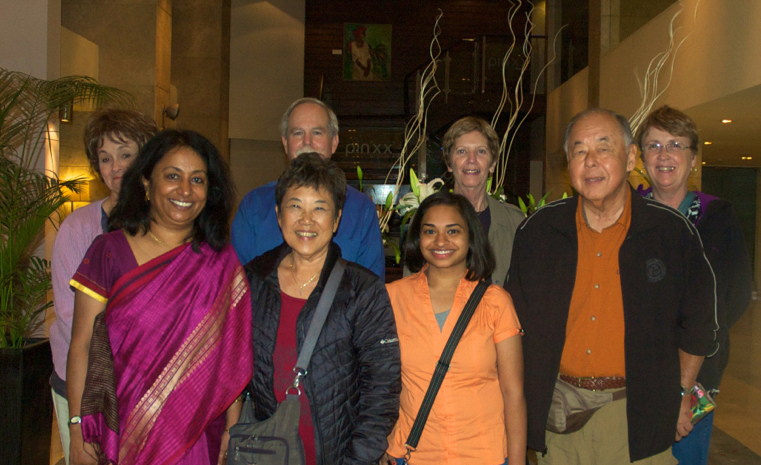
Maybe one day, the young boy who played the first prime minister of India will become a political leader himself. Or a professional speaker. Through VCT, he has the opportunity to excel. Options once closed are now wide open for this boy, for Ayushi, and for the many children VCT and Holt serve — whether through day care or educational sponsorship, adoption or family strengthening services. So while we celebrate the children on National Children’s Day, we also celebrate the loving foster families, caregivers, adoptive families and staff who make every day wonderful for vulnerable children in India.
BSSK in Pune; A Safe Haven for Children
November 18, Pune, India — Today, the India Vision Trip members visited one of Holt’s long-time partners in India, Bharatiya Samaj Seva Kendra (BSSK). Among other vital services, BSSK provides temporary, residential care to 85 children in a 5 ½ -story building in the bustling city of Pune. On the third floor, we saw the intake area for newborns whose birth mothers made plans for them to be adopted. Some caregivers gently rocked babies, while others changed diapers, and others washed bottles. They all made it look so graceful and easy — smiling down at the children in their arms or up at us as they went about their duties. In another area are rooms for infants. Here, the children were so active. They made strong eye contact with us, excitedly kicking their feet and arms, and of course — cooing. Those old enough to crawl made their way over to see us up close, their eyes bright with interest at these new, clearly foreign people.
A couple of caregivers sat on the floor with children in their arms and laps, while others checked on babies napping in their cribs. All the caregivers wore turquoise-colored sarees. The sarees are washed, cleaned and stored at BSSK for sanitary purposes, but also so children can easily recognize their caregivers. Young children cannot yet distinguish differences in great detail, but they recognize colors and can associate certain colors with people in their lives — such as their caregivers. This consistency is often comforting for children who have already gone through so much in their young lives.
From the outside of BSSK, a nondescript office building behind a brick-walled fence, you might not realize all that goes on inside. But this peaceful safe haven in the midst of busy streets was the first notable paradox of many that day.
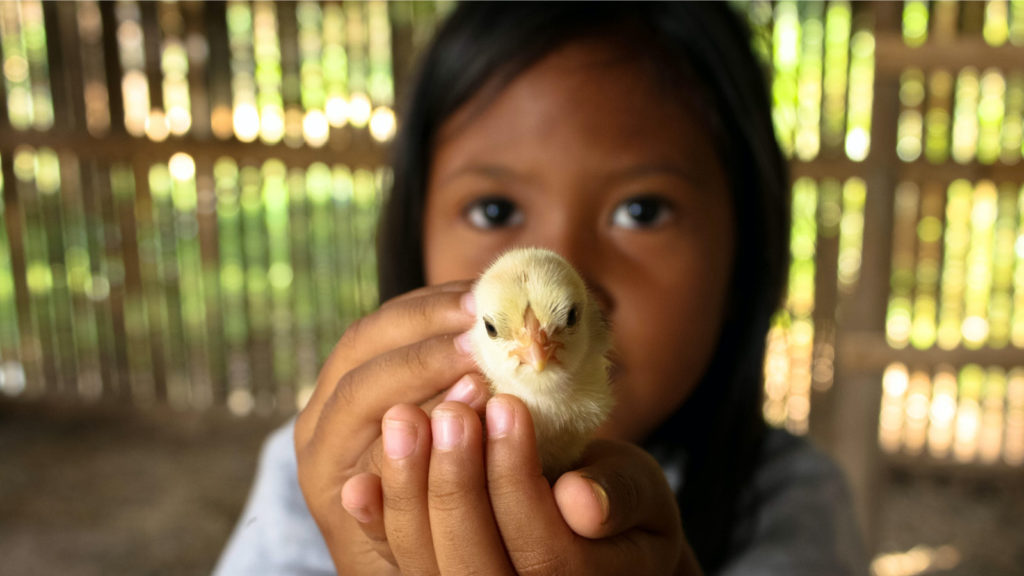
Give a Gift of Hope
Give a lifesaving or life-changing tangible gift to a child or family in need. And this holiday season, give in honor of a loved one and they’ll receive a free card!
Holt’s partnership with BSSK began in 1979, when Holt first came to India to serve orphaned, abandoned and vulnerable children. Working with local leaders and child care organizations, Holt helped to establish BSSK to provide residential care and other services for homeless and vulnerable children in Pune. Today, BSSK offers a wide range of child and family welfare services to over 1,200 families throughout India.
Before the office tour began, the group met with Executive Director Roxana Kalyanvala, who gave an overview of BSSK’s programs. Much has changed over the past 34 years for both India and BSSK. Over the past 10 years especially, a dramatic shift has occurred. As recent generations delay marriage and childbearing until they have achieved educational goals and started careers, many are choosing to live not with their in-laws — as custom dictates — but as nuclear families once they do settle down. Many families in India are also embracing adoption as an option for building a family, resulting in an overall shift to greater domestic adoption placements. As everywhere we work, Holt and our partners prioritize domestic over international adoption as it allows children to grow up in the country and culture of their birth. Local media has also contributed to a growing awareness about adoption among both birth parents and prospective adoptive parents — inspiring families in India to adopt. As a result, BSSK now places many more children every year in domestic adoptive families than families overseas.
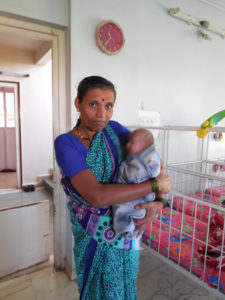
In recent years, BSSK has also shifted toward greater efforts to strengthen and preserve families — a process eased by the greater number of families choosing to relinquish their children, rather than anonymously abandon them. As Roxana explains, birth parents are much more aware of relinquishment and support services available to them through BSSK and other organizations. In the 80s and 90s, birth parents – particularly unwed mothers – would abandon their babies in different locations as they feared societal pressures and the stigma of having a child out of wedlock. Today, child abandonment in India has declined so much that BSSK very rarely receives abandoned children. Although the social stigma against unwed mothers remains strong in India, many birth parents now feel comfortable coming to BSSK with their children for help and guidance. When a child enters care, Roxanna explains, the staff will assess the family to determine what it will take to help keep them together. Then, BSSK develops a plan to provide the necessary support. While at BSSK, we met two boys, ages 3 ½ and 2, who are staying at BSSK temporarily while their father establishes childcare — a void caused by the death of his wife, the mother of the two boys. Since 1979, BSSK has helped reunify 498 families. To date in 2013, 17 families have been reunified.
Not every child can remain with his or her family. When birth parents do choose adoption for their child, however, many now formally relinquish them as well as provide identifying information that will be valuable information in the adoptee’s files.
“The impact is certainly of more benefit to the children,” says Roxana of the greater shift toward relinquishment. “When a child was abandoned, they often came to us in poor health condition […] With relinquishment, there is more safety as the baby or child is handed over to the institution where care and medical attention can be provided immediately.”
Toward the end of our tour of BSSK, we met toddlers and pre-school aged children who greeted us with excitement and curiosity. Ready to play, they wanted to show us the toys they were playing with and puzzles they were working on. But once their caregivers announced it was lunchtime, they quickly lined up at the door and raced down the stairs.
As we moved on to another floor, I heard the familiar tune of “Old McDonald.” I turned the corner to see several children sitting in a circle on the floor with a teacher. Together they sang Old McDonald and the ABCs. Other children buzzed about — scooting on scooters, or pushing an ever-popular toy called the “popcorn popper” — while some laid in bed. This was one of a few rooms for children with special needs. Around another corner was a new, special room for therapy sessions. Some children with special needs can learn to manage or even overcome some of the challenges they were born with through the use of occupational and other therapy techniques. In this room, children work with therapists to improve their cognitive and motor skills using toys that stimulate their senses.
As we played with the children, I kept wondering who these children will grow up to be. Will they remain with their birth families, or will they join a new family? In India, or another country? I wonder also if they will one day return to visit the foster families and caregivers who gave them love and care when they needed it most.
One Family’s Joy is a Foster Family’s Heartache
After we toured the office, we traveled a few, short minutes to a residential neighborhood. Modest apartment buildings lined both sides of the street. Entering in the main door, we found four more doors to separate apartments. We entered the door of one of the ground floor apartments.
Here, we met the Pillay family, who have fostered 81 children in their 10 years serving as a foster family. Proven to enhance children’s health, development and ability to later attach to their adoptive families, foster care is central to both BSSK and VCT’s approach to caring for children. In the early 1980s, Holt helped both BSSK and VCT develop a foster care program. In the years since, both programs have developed to the point where many children in care can live with foster families. In 2013, BSSK’s foster care program served 42 children.
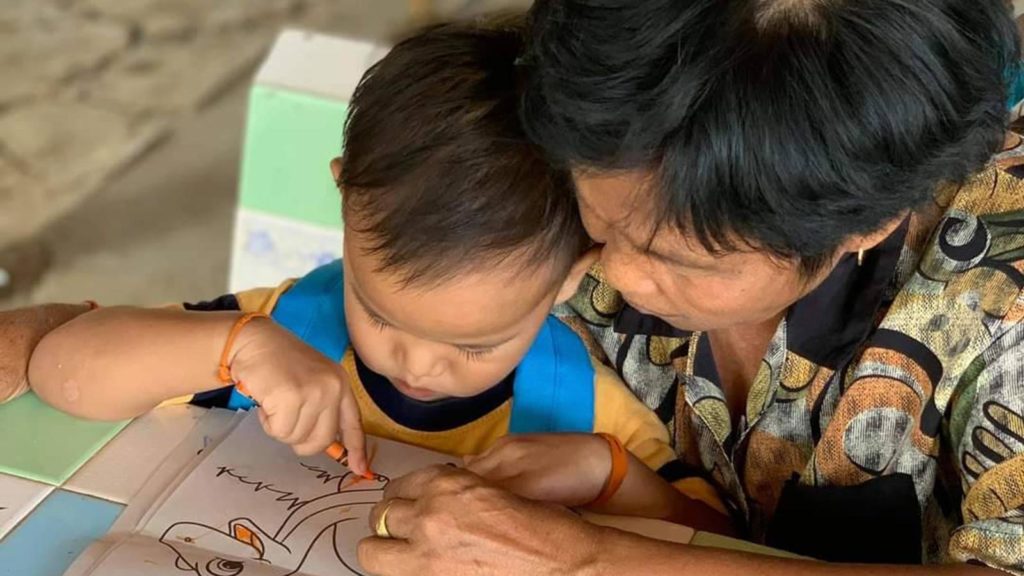
Foster Care
Provide a loving, attentive foster family for a child as they wait to join a permanent family through adoption.
The Pillay family currently fosters two children – one 13 months and another 3-month-old child. The older child, a girl, has been in their care for a year. Four members of the Pillay family help to care for the children, including the foster mother, father — who was at work during our visit — and an adult son and teenage daughter. Each family member is actively involved in caring for the children in their home. While we visited their home, the oldest foster child — the 13-month-old girl— kept going up to the Pillays’ son to be held and comforted. And when their teenage daughter came home from school, the little girl’s face lit up with happiness as she went to hug her “big sister.”
Our group talked with the foster mother and her son about their obvious, deep love for the children. One vision trip participant said, “You must be sad when the children leave.” Both the foster mother and son nodded, with a reflective look in their eyes —as if going back to the last time they had to say goodbye, knowing it wouldn’t be long until they had to do it again. “Yes, it is very hard,” they said. “We miss the children very much when they go.”
In a few short months, they will be saying goodbye to the 13-month-old girl they have fostered for a year when she joins her new, adoptive family. They’ve rocked her to sleep at night, comforted her when she was sick or scared, and helped her take her first steps. When the time comes, this foster family will gather up her clothes, blankets and toys and place her in the arms of her new family. Briefly, they will tell her new parents her routines, habits, likes and dislikes. They will look at the child who was theirs for just over a year, for one last time, and then they will leave — with broken hearts.
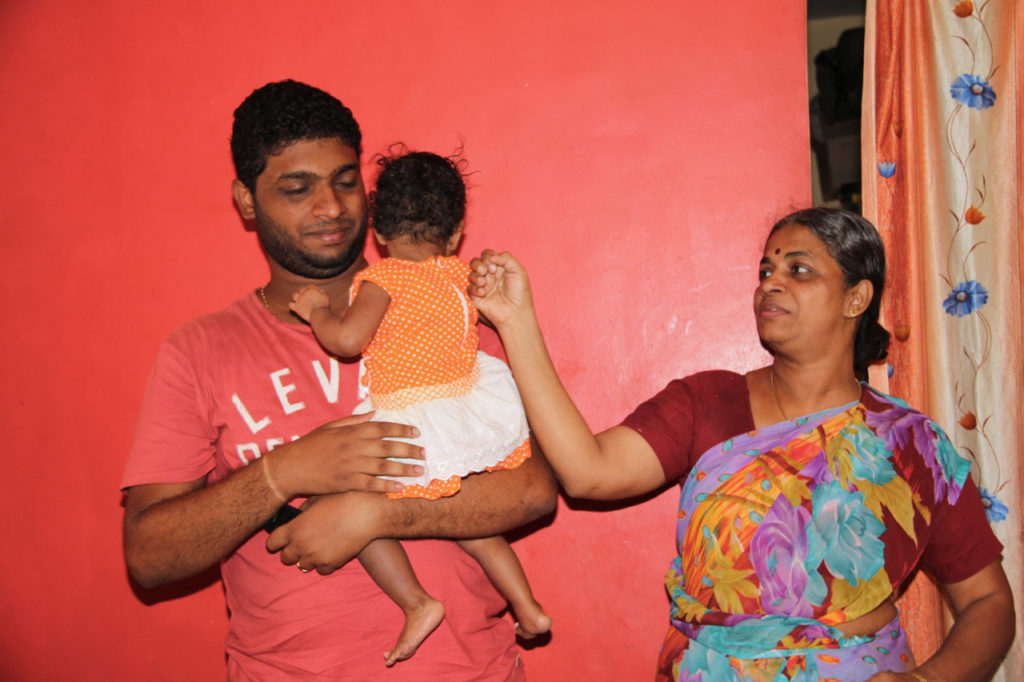
I asked the Pillays’ son, Arun, why they continue to foster children — why they continue to sign up for heartbreak. Choking back tears, he said, “We get the happiness of knowing they are going somewhere good, where their future will be bright.”
So far, out of 81 children, Mrs. Pillay’s family has heard from one child she and her family fostered. Maybe as the children grow up, their adoptive parents will tell them about their foster parents — the loving people who cared for them before they came home. Maybe this will help the child and foster family reconnect some day.
That would be the silver lining, a happy ending that we often don’t imagine when we think of adoption.
We imagine a family that has waited three or more years, passed the scrutiny of a homestudy, and compiled dozens of documents in orderly fashion — hoping to meet the approval of strangers who happen to be government officials. We imagine these parents-to-be waiting in a room with butterflies in their stomachs, and hearts overflowing with hope, eagerly awaiting the moment they hold their child for the first time. When we think of adoption, this is most often what comes to mind — we think of the adoptive parents, and the heartwarming moment they have been waiting for, for years.
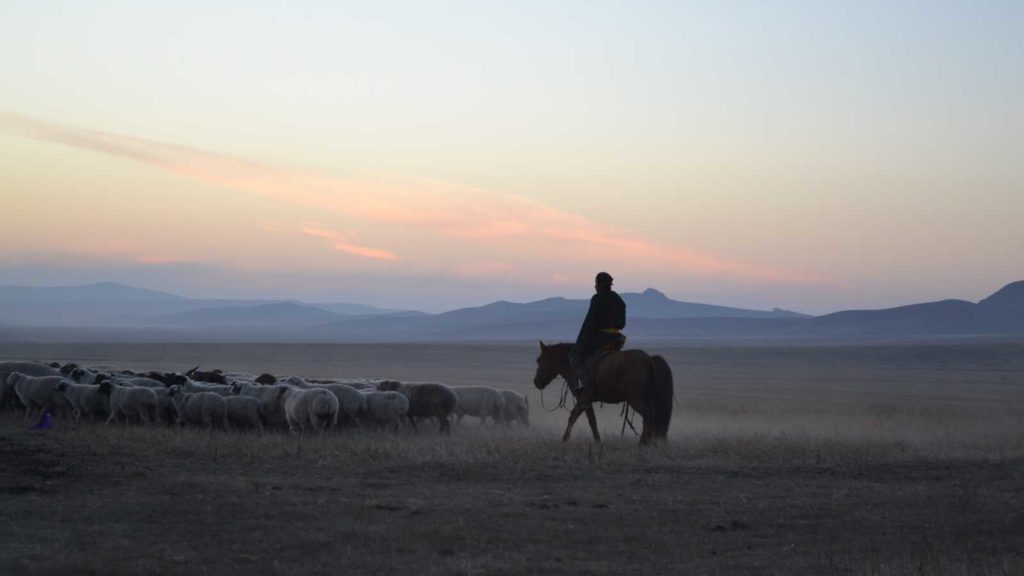
Learn more about opportunities to travel!
Join us on a vision trip (open to anyone interested in Holt’s work) or a heritage tour (for adoptees and adoptive families)!
But in that same moment, the hearts of foster mothers, fathers, brothers and sisters shatter.
This is the other great paradox I observed that day — that one person’s overflowing joy is a deep, profound loss for someone else. Few other events affect head and heart in such contrasting ways for everyone directly involved. It takes awhile to adjust, and most of us eventually do. But I don’t know if we ever completely “get over” those profound, deep losses that are at the center of every adoption story. Scars can still hurt.
But we can take some of the sting away for ourselves, our children, and others by making room in our hearts for everyone who came before in the child’s life. We are getting better at it. Records are more thorough, some families are choosing open adoptions, and when adoptees grow up, some are establishing contact with birth families.
We must remember to include room in our hearts specifically for foster families. To explore opportunities to keep lines of communication open with the selfless angels who were there for the children until others could arrive. A simple photo and update from time to time could go a long way in helping the healing process — help them to know they are not forgotten, that their love and care was appreciated and that they made a difference. It can also help provide more information for the child they cared for — to know more of their story.
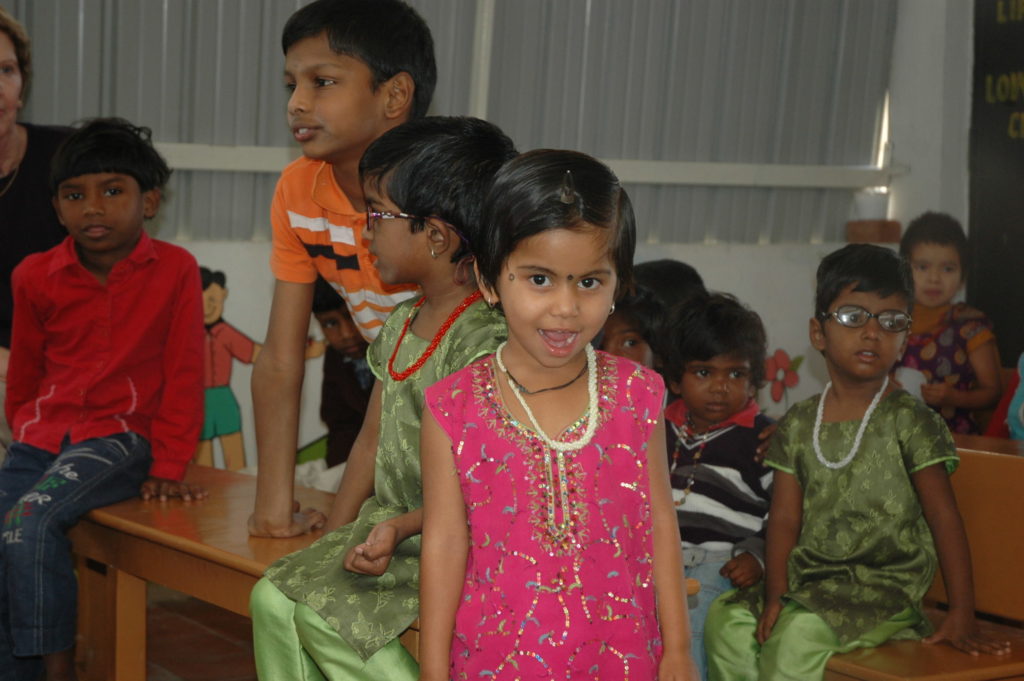
Sally Dougherty | Electronic Constituent Relations Manager
In July 2014, Holt will lead our inaugural India Heritage Tour! Contact Mary Ferrell for more information.
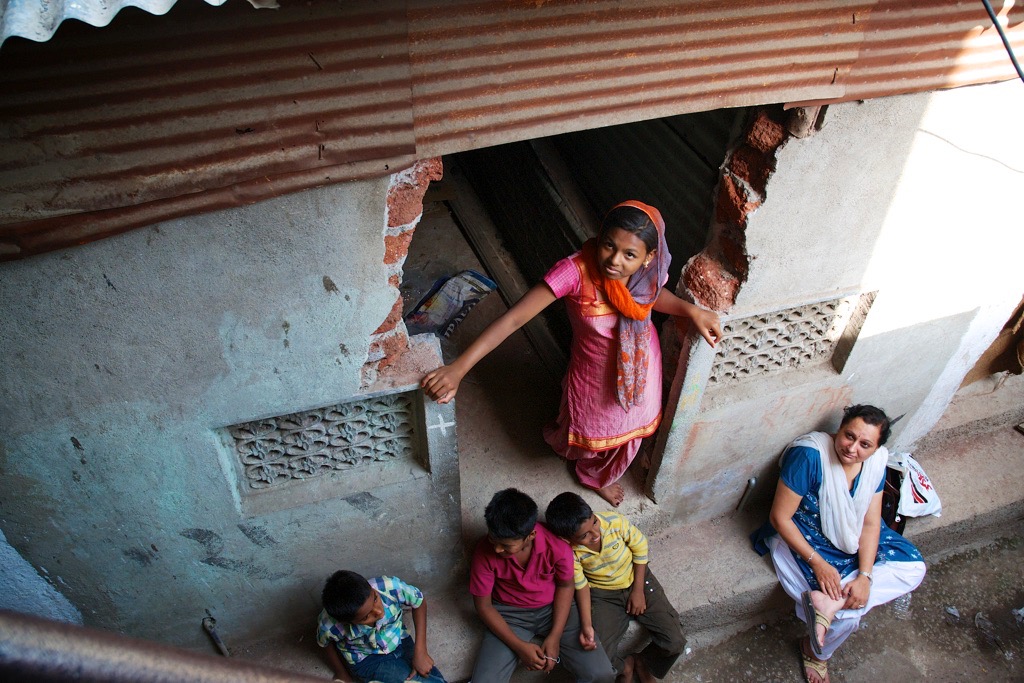
Learn more about Holt’s work in India!
See how sponsors and donors create a brighter, more hopeful future for children and families in India!
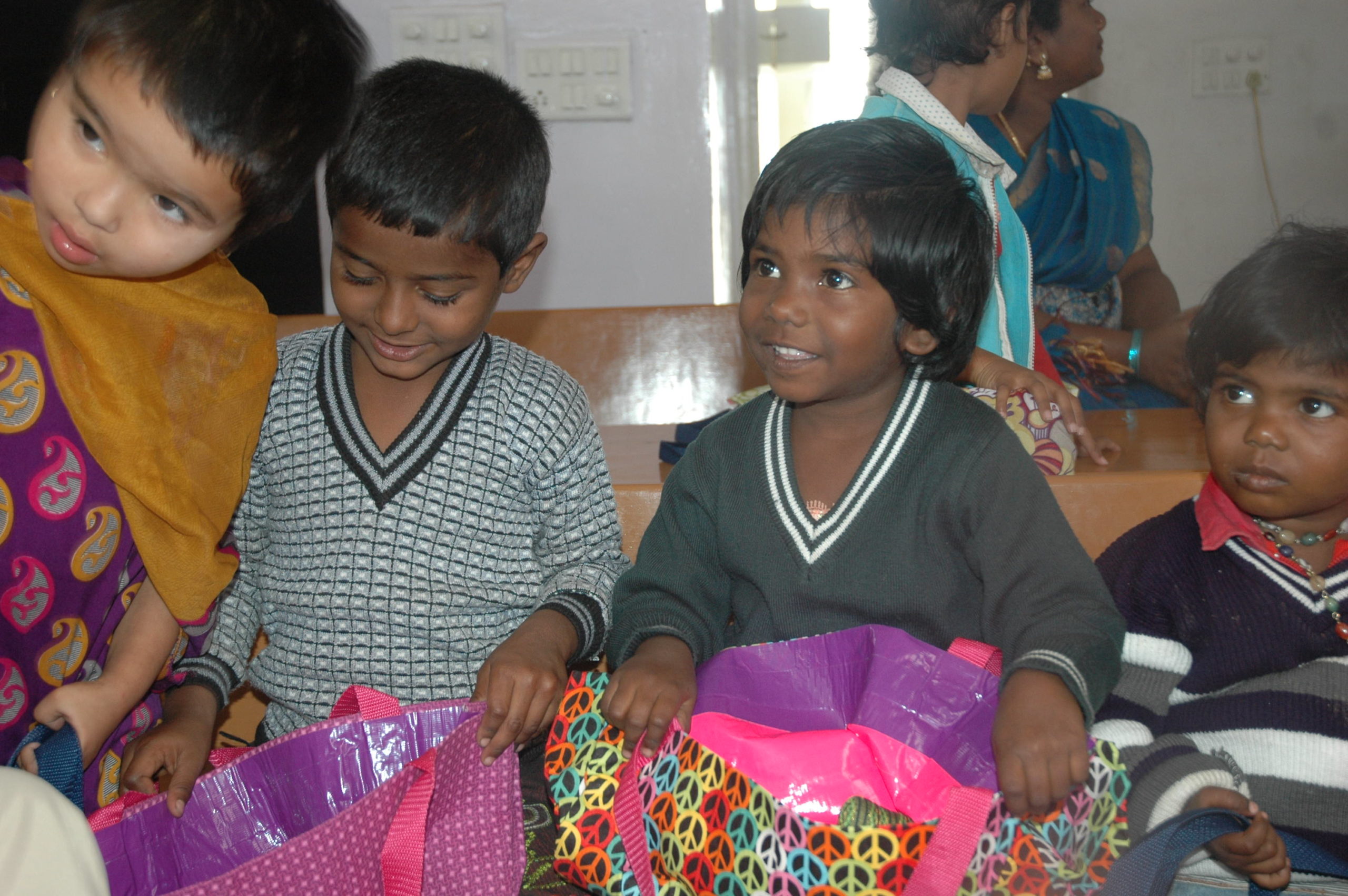
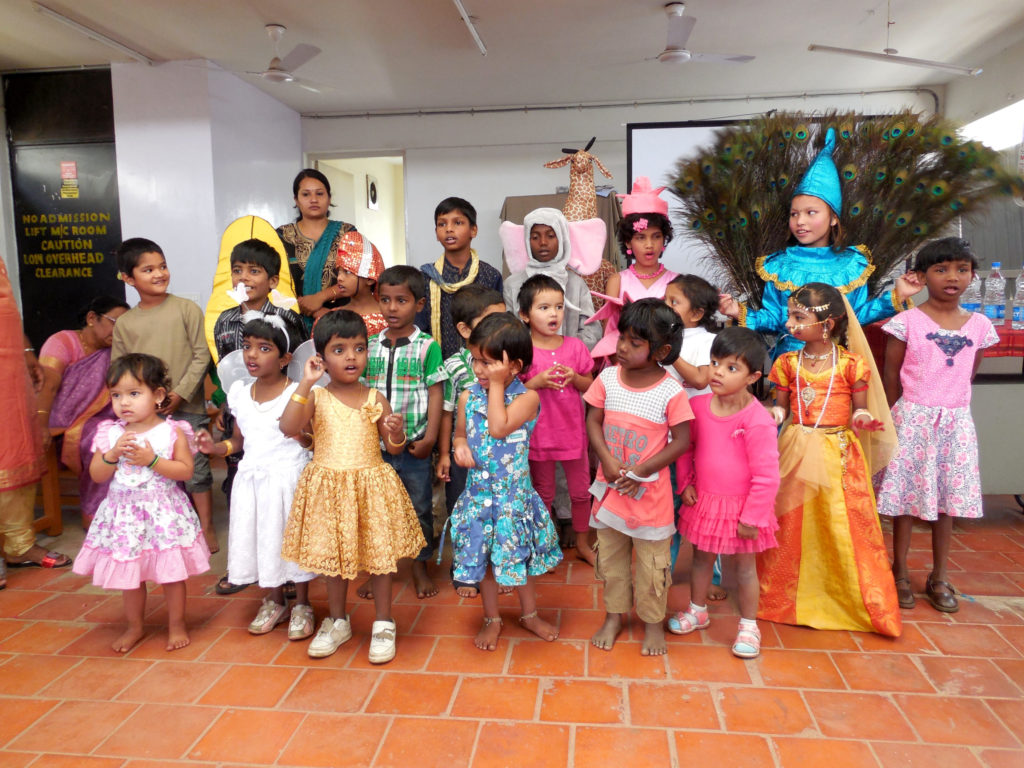
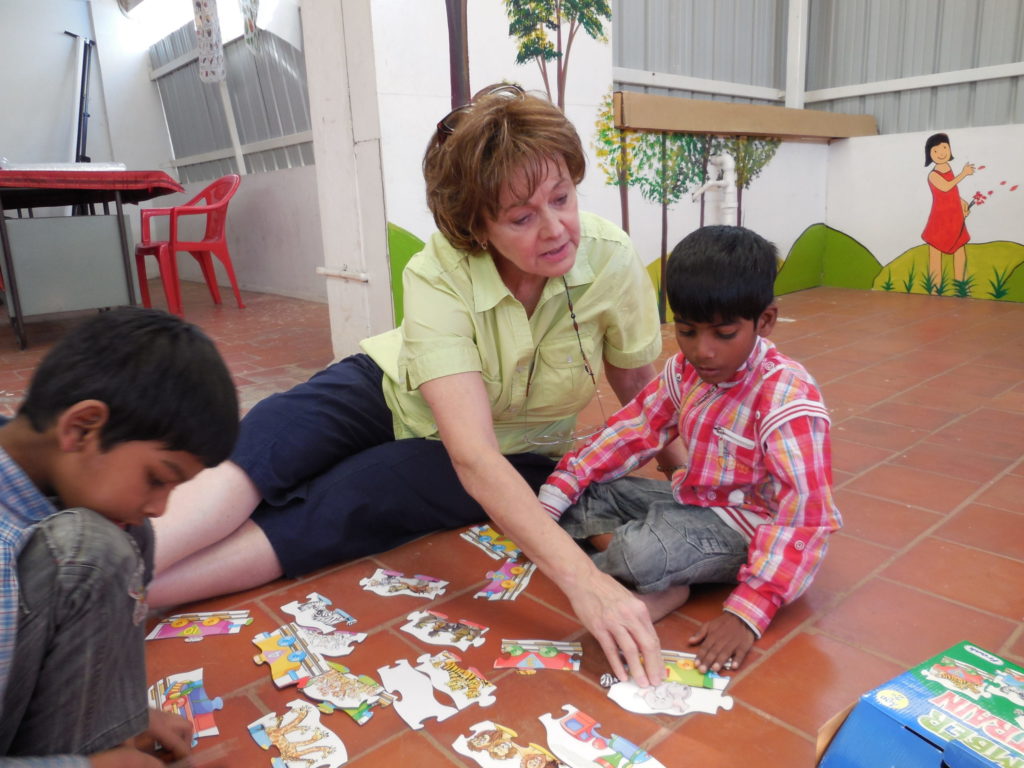
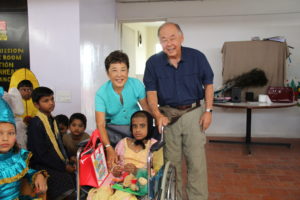
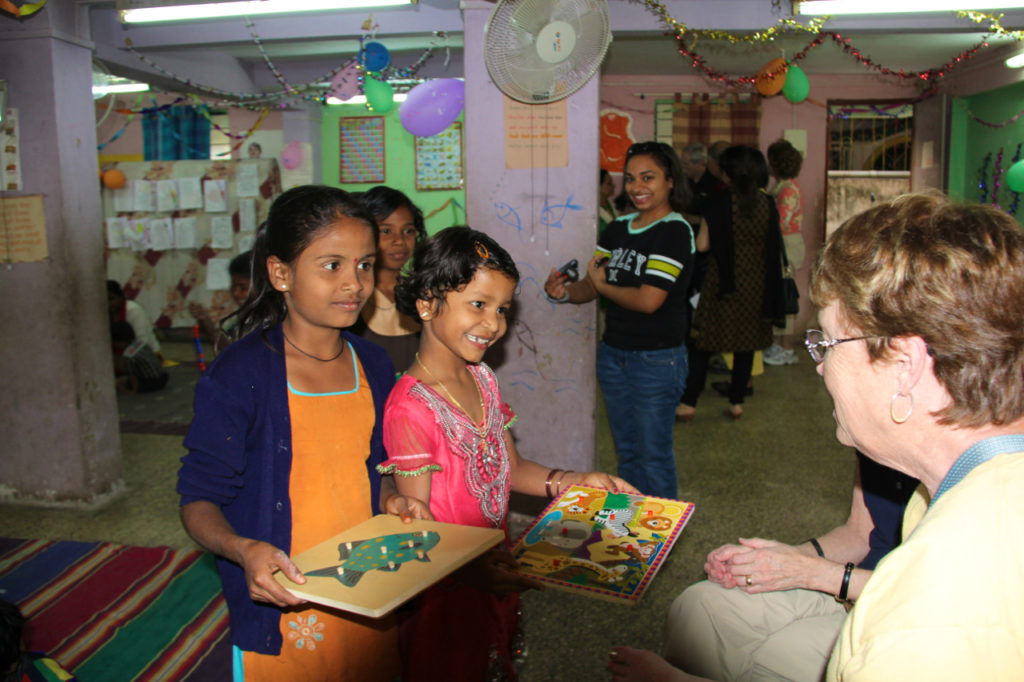
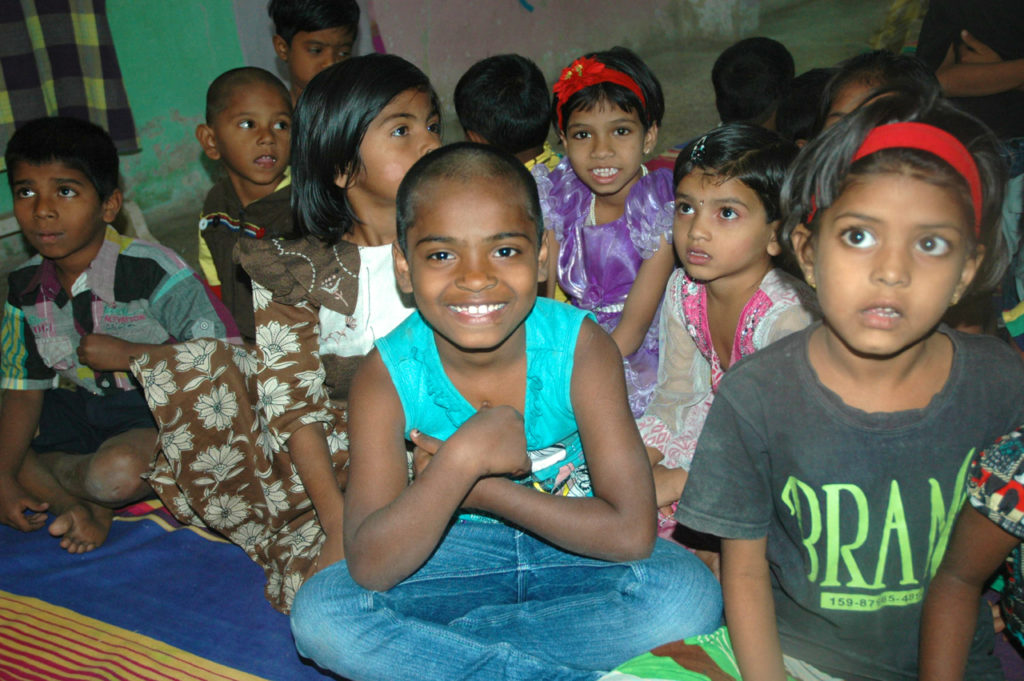
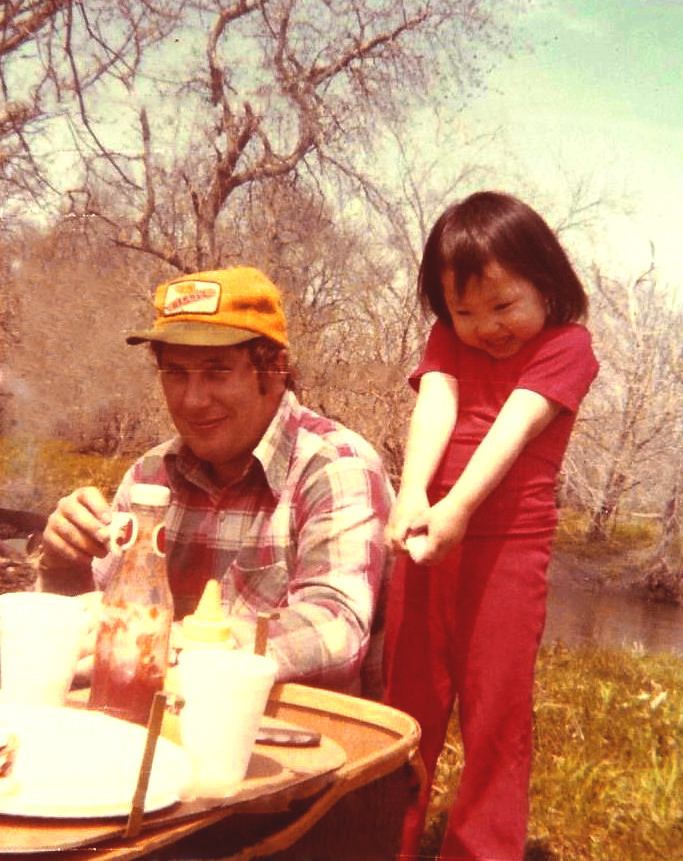
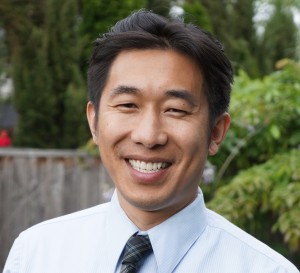
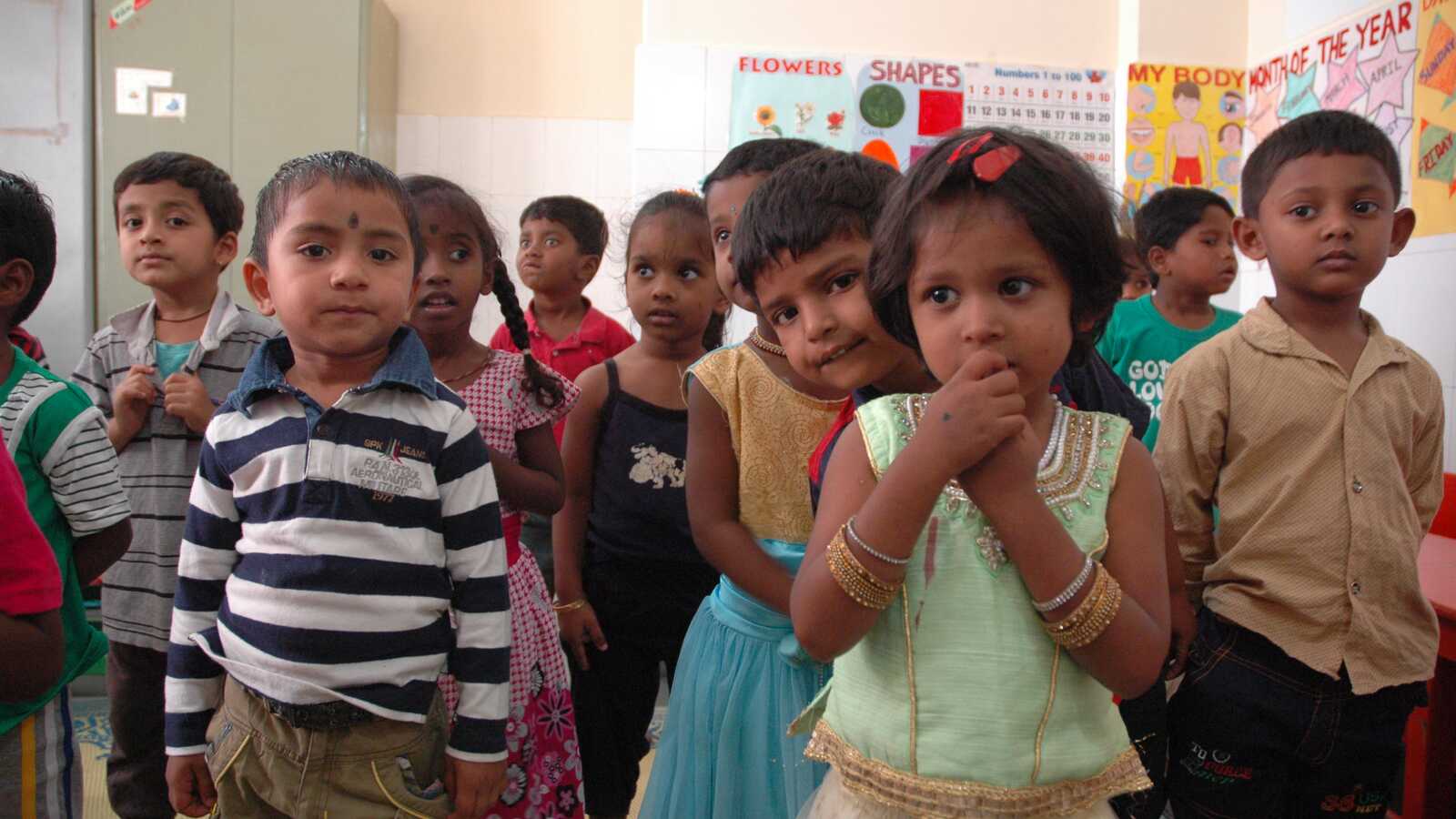


Dear Sally, What a lovely job. Thanks for bringing all the memories back.
Linda McCormick
Greetings in the name of our dear Lord and Saviour Jesus Christ,
I am Nehru Naik, I am native of small and backward village
, Nalagonda District, telagana .st India. I am
born in a very poor family, my parents were daily wage labours. I
belong to Schedule Tribe community which is most neglected community
in the society.
Voice calling me ” I NEED YOU MY SON”, I looked here and there but no
one was there. I opened the BIBLE, God spoke to me through the
scriptures, Nahum :1:15. According the Scripture I decided to search
the Gospel to the unreached areas of our society. And started
preaching the gospel in the year 1992 till now preached 96 villages of
our surroundings after taking Bible Training in collage and
established achurch, where saints are worshiping regularly.
One day while mediating the God’s word, God spoken with me by the
Scripture James 1:27 to care of orphan children. Hence, we have
started small orphanage with 13.orphans by providing food, shelter,
education.
We request you to kindly pray for these children as they need of
school books, bags & fees. We love you to invite you to come to our
children home whenever you visit India.
With much love &
pastor.nehrunaik
Greetings in the name of our dear Lord and Saviour Jesus Christ,
I am Nehru Naik, I am native of small and backward village NVK THANDA,
Manadal, Nalagonda District, telagana India. I am
born in a very poor family, my parents were daily wage labours. I
belong to Schedule Tribe community which is most neglected community
in the society.
Voice calling me ” I NEED YOU MY SON”, I looked here and there but no
one was there. I opened the BIBLE, God spoke to me through the
scriptures, Nahum :1:15. According the Scripture I decided to search
the Gospel to the unreached areas of our society. And started
preaching the gospel in the year 1992 till now preached 54 villages of
our surroundings after taking Bible Training in collage and
established achurch, where saints are worshiping regularly.
One day while mediating the God’s word, God spoken with me by the
Scripture James 1:27 to care of orphan children. Hence, we have
started small orphanage with 10.orphans by providing food, shelter,
education.
We request you to kindly pray for these children as they need of
school books, bags & fees. We love you to invite you to come to our
children home whenever you visit India.
With much love &
pastor.nehrunaik
Greetings in the name of our dear Lord and Saviour Jesus Christ,
I am Nehru Naik, I am native of small and backward village NVK THANDA,
Manadal, Nalagonda District, telagana India. I am
born in a very poor family, my parents were daily wage labours. I
belong to Schedule Tribe community which is most neglected community
in the society.
Voice calling me ” I NEED YOU MY SON”, I looked here and there but no
one was there. I opened the BIBLE, God spoke to me through the
scriptures, Nahum :1:15. According the Scripture I decided to search
the Gospel to the unreached areas of our society. And started
preaching the gospel in the year 1992 till now preached 54 villages of
our surroundings after taking Bible Training in collage and
established achurch, where saints are worshiping regularly.
One day while mediating the God’s word, God spoken with me by the
Scripture James 1:27 to care of orphan children. Hence, we have
started small orphanage with 10.orphans by providing food, shelter,
education.
We request you to kindly pray for these children as they need of
school books, bags & fees. We love you to invite you to come to our
children home whenever you visit India.
With much love &
pastor.nehrunaik
[email protected]